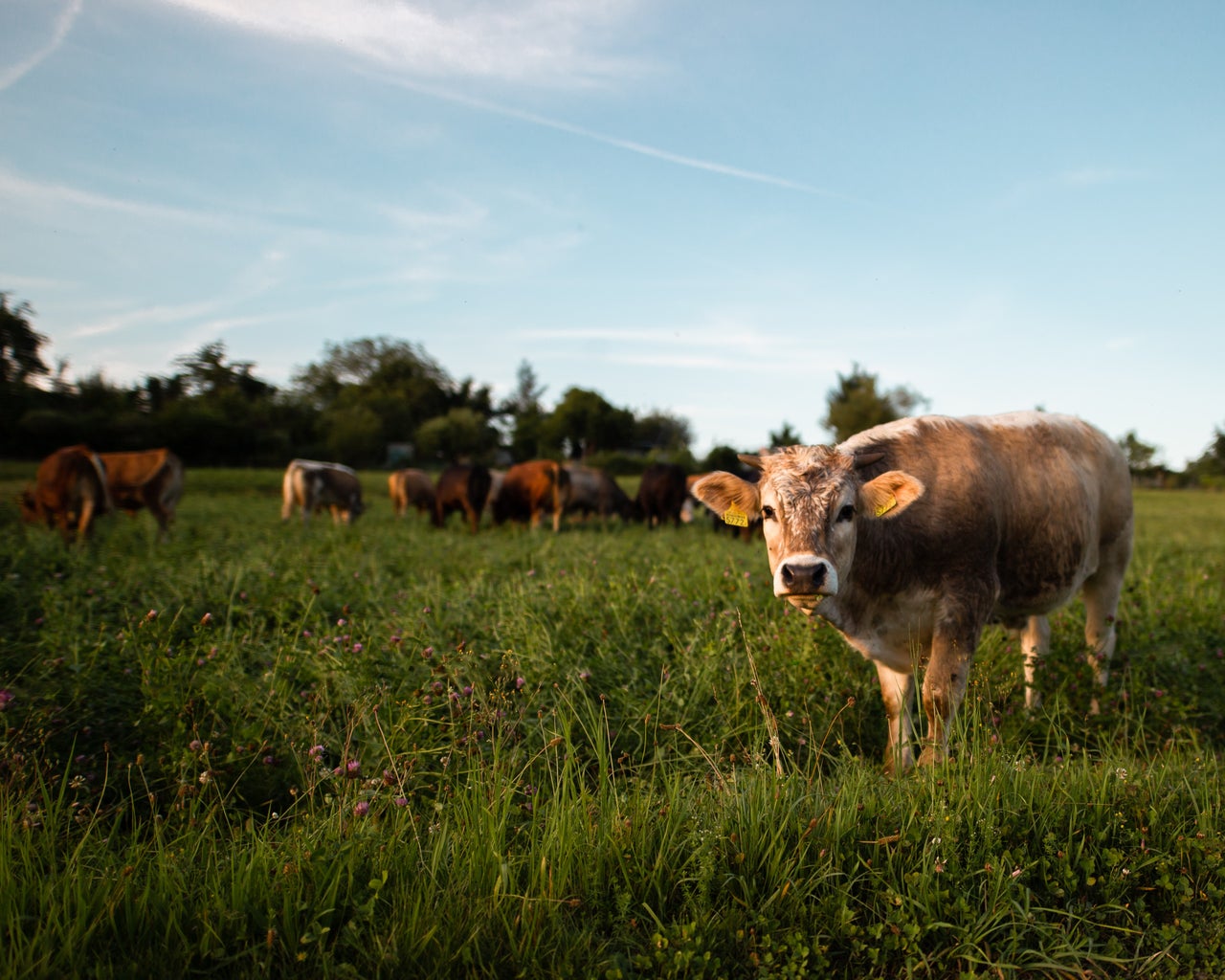With the growing research on the negative impact of cow milk on our health and the planet, finding sustainable and healthy plant-based dairy alternatives has become an increasing concern among milk consumers. Out of all dairy-free milk alternatives, consumers agree that almond milk and oat milk are most comparable to cow’s milk. The general comparison between almond and oat milk revolves around the versatility of their culinary uses. Aside from debating over their taste, however, the popularization of almond and oat milk has raised important questions about the sustainability of their production and their health benefits.
To begin, both dairy substitutes are produced by blending either oats or almonds with water; then, factory workers extract the remnant pulp to obtain the “milk.” Despite its popularity, recent studies reveal that almond milk is harmful to the planet. According to an article in MotherJones, growing a single almond requires 3.2 gallons of water (Fulton, 2019). Since it takes two pounds of almonds to obtain a gallon of almond milk, producing one gallon of almond milk requires 920 gallons of water (Jerew, 2014). It is important to note that the drought-driven state of California is responsible for 80% of the world’s almond crop; hence, the production of almond milk endangers the state’s water supply. In other words, the almond milk industry is compromising the agricultural output of other Californian crops (Park, 2014).
However, producing a gallon of oat milk requires fewer than 145 gallons of water, including harvesting the oats necessary to make a gallon of oat milk (Smith, 2020). Given that the average gallon of cow milk is produced using 2,000 gallons of water, including the water consumed by the cow, both substitutes are objectively more eco-friendly than cow’s milk (Jerew, 2014).
Another factor that can sway consumers’ preference between dairy-free milk alternatives is that the amount of water used to produce almond and oat milk affects each substitute’s taste and texture. When evaluating these dairy-free alternatives, many consumers agree that almond milk tastes more watery than oat milk.
One of the many problems encompassing the production of almond milk is the alarming number of additives many companies use to improve its texture, including Carrageenan (Davidson, 2019). Carrageenan is a type of emulsifier— an additive used to thicken foods— in this case, to thicken the consistency of almond milk. According to the FDA, Carrageenan poses a potential threat to humans’ digestive systems, as this additive can cause gut inflammation and digestive problems. Additionally, Carrageenan has been linked to the development of colon cancer in consumers (Barrell, 2018).
On the other hand, many people prefer oat milk due to its naturally creamy consistency. Oat milk is best regarded for its ability to froth better than almond milk, and thus, many choose to add oat milk to their coffee, for example. However, consumers must be wary that oat milk naturally contains more fats and sugars than almond milk, as it is very high in carbohydrates (Caporuscio, 2020). Although oat milk is a good alternative for lactose-intolerant people or those with nut allergies, oat milk is not recommended for people with non-celiac gluten sensitivity or with celiac disease (Caporuscio, 2020). Still, oat milk and almond milk have similar nutritional values. Both commercial oat and almond milk contain a similar daily value of added calcium, vitamins B12, A, E, and D, which are naturally found in cow’s milk. Thus, neither substitute is 100% organic, nor is one naturally more nutritious than the other because they both contain a range of additives to attain these values.
Although oat and almond milk pose substantial differences in production and culinary uses, both substitutes are excellent alternatives to cow’s milk. Since both of these choices have similar nutritional values, selecting the better substitute depends mainly on the consumer’s allergies and desired calorie intake. If a consumer wants a dairy alternative with fewer calories, fat content, and sugar, almond milk would be a better choice. However, a consumer who wants to eliminate dairy from their diet, suffers from a nut allergy, and prefers a creamier consistency in their food (and does not mind its high sugar content) should switch to oat milk.
Additional Sources
Barrell, A. (2018, September 19). Carrageenan: Safety, risks, and uses. Medical News Today. Retrieved from https://www.medicalnewstoday.com/articles/323117.
Davidson, K. (2019, June 25). Is almond milk healthy? nutrition, benefits, and downsides. Healthline. Retrieved from https://www.healtline.com/nutrition/almond-milk#downsides.
Fulton, J., Norton, M., & Shilling, F. (2018, April 9). Water-indexed benefits and impacts of California almonds. Ecological Indicators. Retrieved from https://www.sciencedirect.com/science/article/pii/S1470160X17308592#b0170.
Jerew, B. (2014, September 8). Is milk a problem for the environment? The Green Optimistic. Retrieved from https://www.greenoptimistic.com/milk-problem-environment-20140908/#:~:text=According%20to%20Capitalism%20is%20Freedom.






